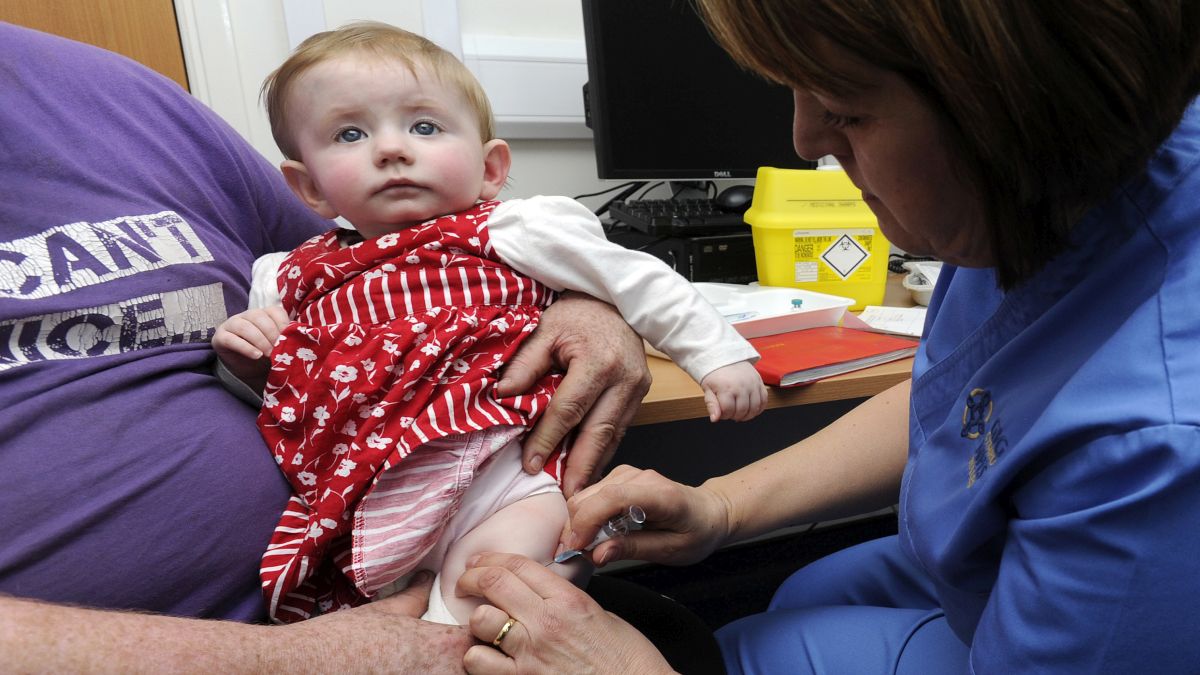With the unprecedented (and bold) announcement of the lockdown, India has been able to considerably slow the progress of COVID-19 across the country. India today is at a considerably lower case-count than many had initially projected: barely 2,000. Testing is no longer a major bottleneck with both private and public laboratories are now in the fray.
However, India has still under-diagnosed, driven by higher suspicion for testing, insufficient testing and the technical complexity of testing. Even under rigorous test conditions, the skill of swab collection heavily influences the likelihood of a positive result. In the real world, where time and infrastructure may be in short supply, false negatives remain a real possibility.
This is a problem that needs to be dealt with soon: we may be in less hostile airspace, but we are still flying a little blind. The good news is, mortality has been materially controlled: our battle-hardened immune systems, familiar with dealing with malaria, TB and sundry other infectious agents also deserve part credit (how much, we may never know though).
But the lockdown has extracted a terrible social and economic cost. The entire informal workforce has been without livelihood for a fortnight; large scale migrations are disrupting lakhs of lives and socio-economic fractures are occurring before our eyes. India cannot continue with this model of a total lock-down for much longer; the socioeconomic cost is prohibitive. Second, extending the lockdown will only delay a resurgence, it won’t avoid it.
In simple terms, the war on COVID-19 must change, and the rules of war must change. India needs a new strategic stance, a new definition of victory. Authorities need to accept the reality that COVID-19 is here to stay.
The imperative for India is to convert the mode of spread from an uncontrolled, explosive, frightening contagion to a calibrated controlled trickle. The new war strategy should be about bringing about this transition in the smoothest, least fatal, least disruptive manner. The country must plan the conversion of COVID-19 from an explosive epidemic into a lingering endemic (which can be dealt with by uprated versions of normal systems).
To reach this ‘victory’ India needs to immediately launch a three-part offensive against COVID-19.
Declare war on hot zones: identify, test and rapidly isolate
The virus, though slowly breaking out into the community, is still very localised. It is still concentrated among certain states and within certain hot zones in those states. India needs to rapidly identify these hot zones and prioritise them by the risk of fatality and spread.
Several factors should be considered including the number of cases already present (in said micro-regions and neighbourhoods), the extent of overcrowding, presence of elderly (more likely to have a fatal infection) and other behavioural risks (e.g. known quarantine jumpers and other deliberate infection spreaders).
India should then focus on these neighbourhoods with a war footing: conduct 100 percent and have ratchet up isolation. Highest risk localities should be completely sealed off using trained and protected paramilitary and healthcare workers.
The goal must be total isolation via barricading of the locality, 100 percent home-based isolation, 100 percent testing, secured disinfected entry and exit of all persons and materials and so on). Moderate levels of isolation may be warranted in areas adjacent to these, in line with the contagion management principles.
India should also experiment, in these regions, with methods for easing off controls or isolation decompression based on reduction or slowdown in infection rates. It is critical for recovered citizens of hot zones to integrate into the community – not just for economic reasons, but for beginning the process of developing herd immunity to COVID-19 in the population.
Beat enemy to next front: predict what’s at risk and act proactively
Based upon the characteristics of the most severely affected neighbourhoods today, the administration should work quickly to profile the rest of their jurisdictions to pre-emptively identify where the infection is likely to go, likely to stick and likely to explode.
In these at-risk areas, India should consider moving to ‘code red’ situations almost pre-emptively, beginning with heightened testing (including, perhaps door-to-door 100 percent testing) has identified and quantified risks.
For instance, if a region like Dharavi emerges as a high-risk zone, other zones with similar characteristics across the country are likely to be next. Forewarning should be heeded and law enforcement, health services should pro-actively step in and install movement controls, testing, supply lines and care facilities in these regions.
High-risk individuals (e.g. the elderly) should be proactively isolated and protected. The goal of pre-emptive action is not to prevent infection altogether (desirable but unlikely) but to blunt its severity.
Both in the hot zones and the at-risk zones, Indian authorities will face considerable law enforcement challenge in controlling the epidemic in the shape of wilful defaulters, stone pelters and rioters. Law enforcers need to be prepared to overpower attackers within the communities they are duty-bound to protect.
Triage care: not everyone shares the same risk
Finally, COVID-19 will almost certainly create stress on treatment facilities. In hot zones — such as Mumbai, Kerala and the NCR for example — local administrations will quickly have to evaluate their available infrastructure and define a strategy for dealing with the inevitable flow of patients.
Authorities should classify facilities based on resources and create simple matching algorithms or rules-of-thumb to assign patients. For instance, in general, older people (above 70) or patients with poor immunity and general health should be proactively sent to higher intensity facilities as they are typically at 2 to 10x the risk of severe and life-threatening complications.
Containment of the sickest in a few institutions is critical to limit the spread and exposure of the heavily infected (while also ensuring they get essential care). The treatment of the low risk in a more broadly distributed network of hospitals and nursing homes will be further helpful: generally fit individuals, with a lower load are more likely to cause sub-clinical infections within those around them.
A form of herd immunity and ‘immunological familiarity’ is likely to emerge, further protecting the population from explosive spikes.
Through such a three-step programme, India is more likely to continue retarding the progress of the contagion and ease the transition of the country into a COVID-endemic state where the disease can be tackled in a more normalised setting, like most viral illnesses. A hot spot and risk-based strategy will also enable authorities to selectively relax constraints and lockdowns and allow normal like to resume, in a highly calibrated fashion.
For the longer-term though, much more will need to follow, including continuation of hygiene and sanitary measures, with a renewed focus on improving treatments – especially of those who develop complications. But that is an altogether separate matter.
Pulling this off isn’t going to be easy and will almost certainly take several months. Old, insular, bureaucratic ways of functioning will have to be suspended; authorities will need to work across agencies, public and private, to build the data infrastructure, sharing capabilities and real-time monitoring capabilities essential for such a dynamic and fluid response.
Animosities and mistrust will have to overcome. For instance, authorities will have to work more closely with technology companies to communicate and get feedback from citizens. Indian authorities have generally been slow to work with such agencies.
For instance, Indian traffic authorities almost never pass on information about known road closures or accidents to Google Maps – even though the application is widely used by all motorists. In COVID-19, not doing so could visibly cost lives. Administrative and political leaders will have to visibly take the lead in communicating to citizens, using multiple channels and with the full force of their administrations.
As stated in a previous article , the ability to pull this off depends on our health systems and our law enforcement machinery, which have been severely hobbled over the decades. But our biggest weakness is of mindsets.
COVID-19 is a very stern test. But win we must. Losing is not an option.
The author is a Mumbai-based physician and health technology entrepreneur.


)




)
)
)
)
)
)
)
)